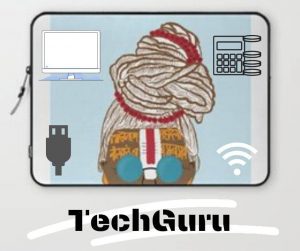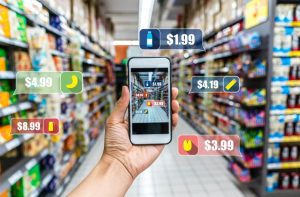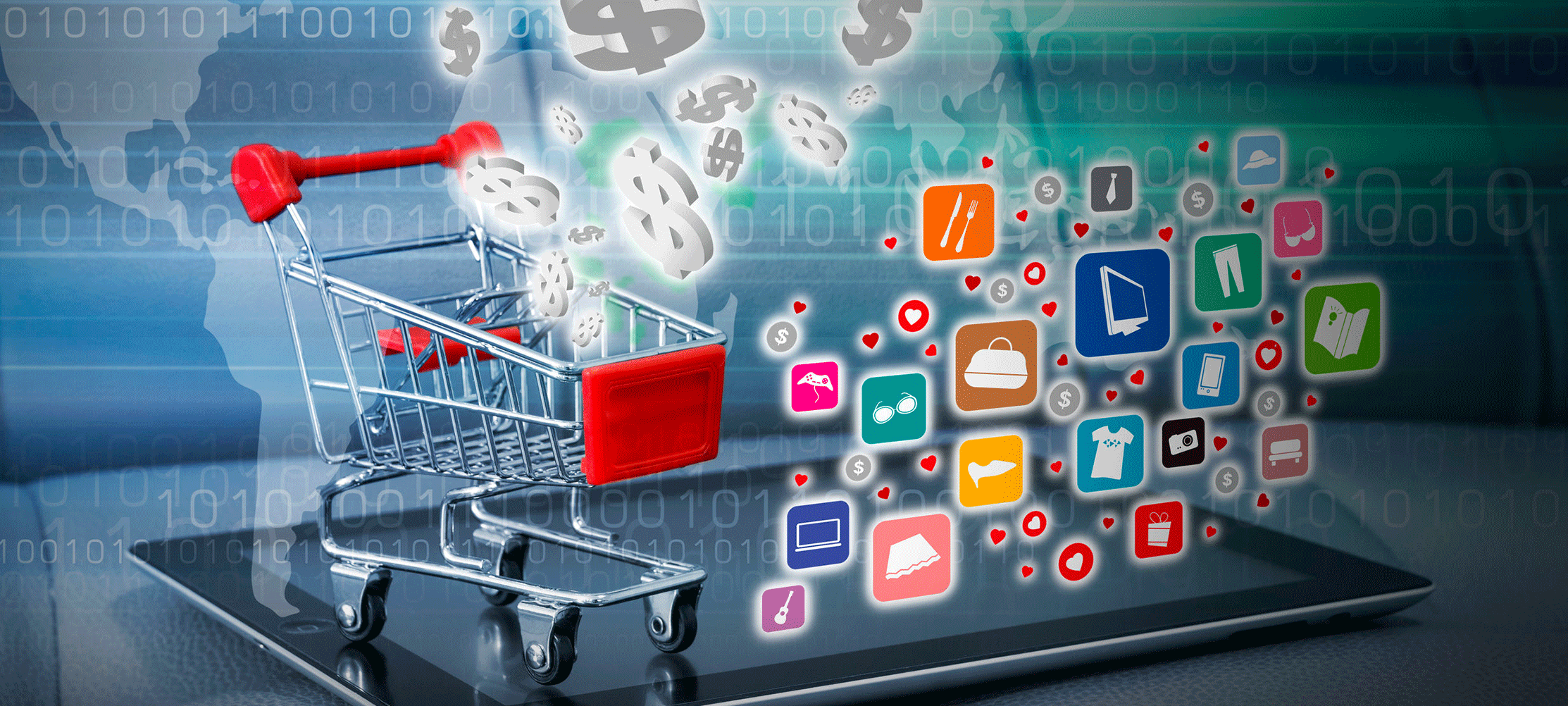Reading Time: 3 minutes
Joydev tells us about the emerging retail tech in the post-Coronavirus world. An exclusive for Different Truths.
 Although many countries across the world have lifted the lockdown or are planning to ease the restrictions, the demand for e-commerce continues to remain as high as they were during the lockdown. While deliveries of all products were allowed in many big countries including the U.S. and UK, India allowed only the delivery of essential products during the lockdown. As the lockdown restrictions were eased in India phase-wise, deliveries of non-essential products have risen. This doesn’t mean the traditional brick-and-mortar stores will get wiped off from the scene.
Although many countries across the world have lifted the lockdown or are planning to ease the restrictions, the demand for e-commerce continues to remain as high as they were during the lockdown. While deliveries of all products were allowed in many big countries including the U.S. and UK, India allowed only the delivery of essential products during the lockdown. As the lockdown restrictions were eased in India phase-wise, deliveries of non-essential products have risen. This doesn’t mean the traditional brick-and-mortar stores will get wiped off from the scene.
India allowed only the delivery of essential products during the lockdown. As the lockdown restrictions were eased in India phase-wise, deliveries of non-essential products have risen. This doesn’t mean the traditional brick-and-mortar stores will get wiped off from the scene.
Some advanced retail stores have started knocking the doors of technology to operate smoothly in the post-coronavirus world. With emerging trends like maintaining social-distance in public places and contactless services, technology is the only option left with retailers to operate their stores. Here are a few technologies that could aid the retailers in reopening their stores and beyond.
Augmented Reality
Augmented Reality (AR) is one such technology that has erased the line of difference between the real world and the virtual world. It gives an interactive experience of the real-world environment of any object by computer-generated perceptual information across multiple sensory modalities, including haptic, auditory, and olfactory. With AR integrated with products in retail stores, consumers can set their foot inside a virtual store where they can purchase the products that they physically shop today. If not in 2021, at least by 2030 consumers will even do their grocery shopping via AR, believes Jeff Bezos, the business tycoon and CEO of Amazon. Without leaving the comfort of their couch, consumers can pick up any products, ask questions, read labels, and make purchase wearing a VR headset or VR glasses.
Automation
As the name suggests, it is a labour-saving technology that uses various control systems for operating machinery equipment, such as processes in factories, switching of telephone networks, steering and stabilising of ships, etc. Retailers may very soon accelerate the use of micro-fulfilment centres inside their stores to fulfil various orders.
As the name suggests, it is a labour-saving technology that uses various control  systems for operating machinery equipment, such as processes in factories, switching of telephone networks, steering and stabilising of ships, etc. Retailers may very soon accelerate the use of micro-fulfilment centres inside their stores to fulfil various orders. The Coronavirus crisis has forced the store workers to walk off from the job, which in return has created a shortage of workforce and destabilisation of the workforce. In this scenario, the option left with the retailers is automation. Automation of various works not only deals with a shortage of manpower but saves a lot of time.
systems for operating machinery equipment, such as processes in factories, switching of telephone networks, steering and stabilising of ships, etc. Retailers may very soon accelerate the use of micro-fulfilment centres inside their stores to fulfil various orders. The Coronavirus crisis has forced the store workers to walk off from the job, which in return has created a shortage of workforce and destabilisation of the workforce. In this scenario, the option left with the retailers is automation. Automation of various works not only deals with a shortage of manpower but saves a lot of time.
Mobile-Checkout Solutions
Self or mobile-checkout solution brings exciting value to shopping in traditional brick-and-mortar stores. With mobile-checkout solutions, shoppers can scan items with their smartphones as they shop and can immediately check-out at a dedicated self-payment station. They no longer need to stand in a queue to bill the products and pay at counters. It also disables the RFID security tags automatically which lets the shoppers exit the store freely. In today’s fast-moving world, no customer wants to spend time queuing at the cash counters, and mobile-checkout solution fulfils their wishes with ease.
Smart Shelves
Using laser and motion sensors, retailers can detect when a product is picked up from smart shelves. The real-time data helps retailers to monitor stock levels and receive alerts automatically when stock levels drop. This reduces out-of-stock incidences and creates a more seamless experience for customers.
 From phones to cities, everything has become smart. Similarly, the shelves of your favourite outlet are also becoming smart these days. There are several instances where customers have to walk out of the store empty-handed because of the unavailability of their favourite product. Using laser and motion sensors, retailers can detect when a product is picked up from smart shelves. The real-time data helps retailers to monitor stock levels and receive alerts automatically when stock levels drop. This reduces out-of-stock incidences and creates a more seamless experience for customers.
From phones to cities, everything has become smart. Similarly, the shelves of your favourite outlet are also becoming smart these days. There are several instances where customers have to walk out of the store empty-handed because of the unavailability of their favourite product. Using laser and motion sensors, retailers can detect when a product is picked up from smart shelves. The real-time data helps retailers to monitor stock levels and receive alerts automatically when stock levels drop. This reduces out-of-stock incidences and creates a more seamless experience for customers.
Photo from the Internet















